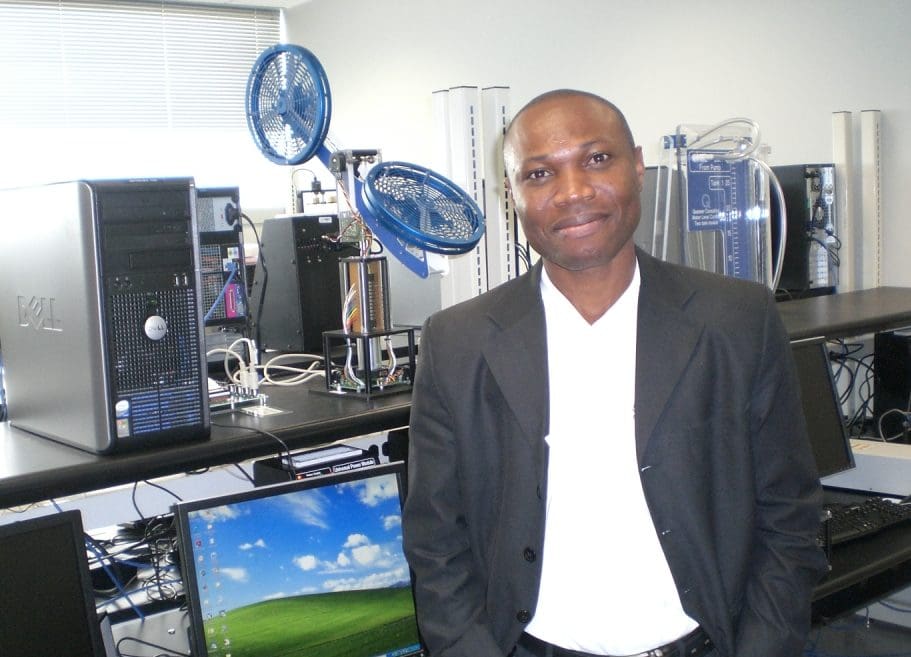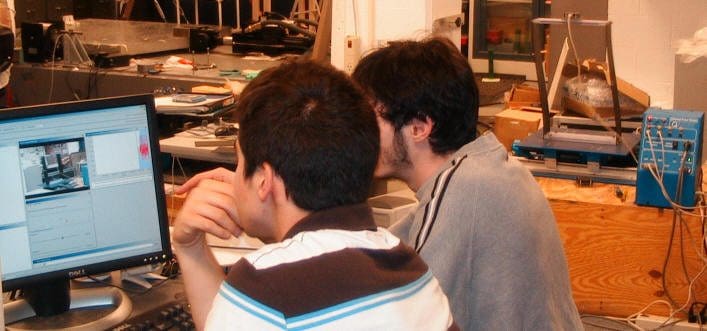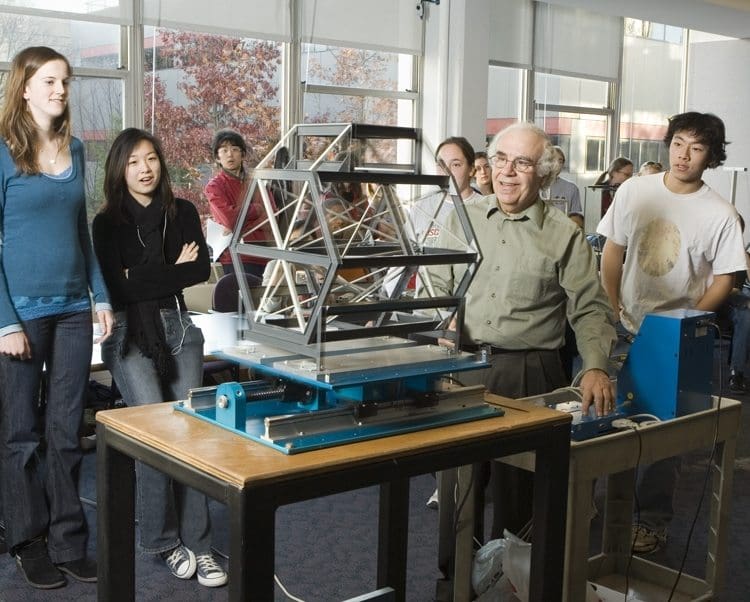
With the goal of preparing students for real-world engineering, the Department of Engineering Technology at Praire View A&M University (PVAMU) is committed to build state-of-the-art laboratories. Here students can learn from exposure to the most recent technology what they will need in their future jobs. The major obstacle in realizing this goal, only too-well known to many other universities, is obtaining necessary funds.
Challenge
One control lab serving teaching and research needs
Dr. Yongpeng Zhang, Assistant Professor at the Department of Engineering Technology had an eye on Quanser equipment for quite some time, learning about the company from a colleague back in 2003. He searched the Quanser website and was amazed by the range of products offered by the company. At that time, his lab had only one multi-drive DSP platform available, moreover it could be used only for research purposes and could not be expanded for teaching applications. “We wished to have some control platform that could be universally utilized for many subjects, for both teaching and research and would allow us to combine various experiments,” says Dr. Zhang.
Solution
A wide range of open architecture and flexible experiments
An opportunity came up in 2006 when Dr. Zhang prepared a proposal for Infrastructure Support Program for Historically Black Colleges and University Minority Institutions (HBCU/MI) run by U.S. Department of Defense (DoD). The goal of the program was to increase the number of graduates, including minorities, in the field of science, mathematics and engineering. The program inspired Dr. Zhang and his colleagues to merge their research and teaching needs. the outcome was a solution that allowed them to set up a multi-disciplinary lab catering to introductory, intermediate and advanced teaching. The same lab could be used to conduct research for improving GPS technology, broadband networks, helicopters and hybrid vehicles. The solutions also allowed PVAMU to turn out graduates well prepared for demands of graduate studies and industry by building engineering skills of students through specialized curriculum and hands-on experiments. “Quanser provides a wide range of products,“ Dr. Zhang explains reasons for selecting Quanser solution. “The components of the platforms are open architecture and flexible and can be used for multiple experiments.”
Result
Extending investment in the national instruments platform
Prairie View A&M University proposal was successful and the University received one of the most generous grants awarded in 2006. “This DoD grant arrived at the right place,” Dr. Zhang finally expressed his sincere appreciation for the Head of his Department, Dr. Cajetan M. Akujuobi, who created a comfortable environment for the faculty to get access to necessary resources – from laboratory space, graduate student recruitment to curriculum development.
As a result, Center of Excellence for Communication Systems Technology Research (CECSTR) at PVAMU and the students are benefiting from five different experiments Quanser rotary motion experiments, Coupled Tanks, 2 DOF Helicopter and 3 DOF Helicopter and Quanser Engineering Trainers (QET). “Students like Quanser experiments very much,” Dr. Zhang comments on the experience with Quanser products. “They start with solving the problems from Quanser curriculum, which is provided with every experiment and gradually move from simple to more complicated and even more exciting problems.” Dr. Zhang also sees a great benefit in Quanser’s partnership with National Instruments. Since LabVIEW software is widely used in academia, LabVIEW-compatibility of Quanser experiments overcomes yet another limit in the application. “We obtain great technical support from both Quanser and National Instruments,” acclaims Dr. Zhang. Not forgetting his research work, he adds “Quanser simplified our research work. Our programming can be conveniently built on the samples provided. We can now concentrate on the control theory and algorithm development.”


